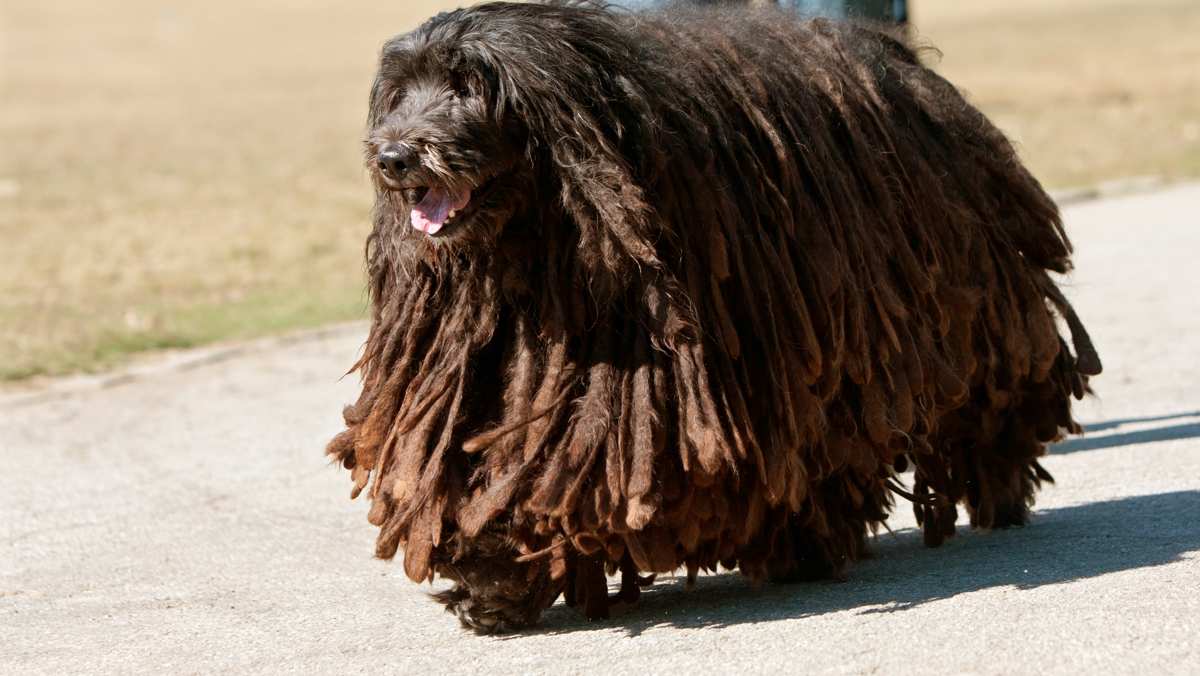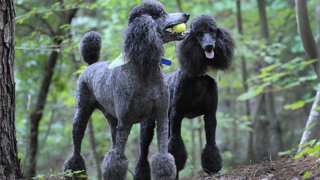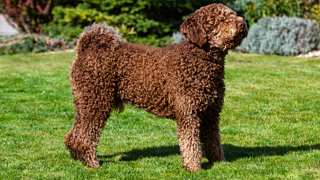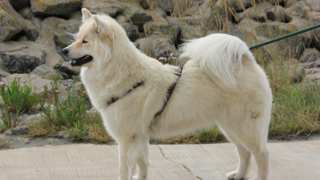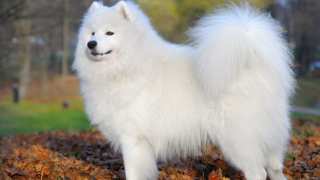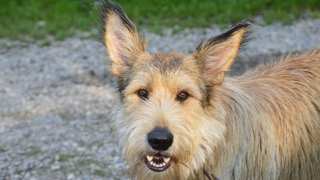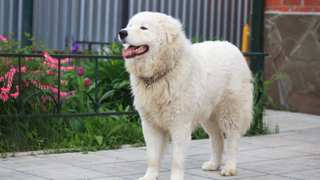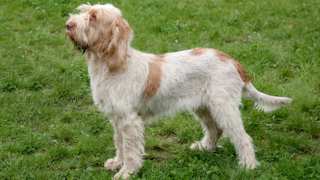Bergamascos' triple-layered coats are unusual in that they form what are called "flocks": hair fused together to form loosely matted locks. Flocks are similar to cords on other breeds (or dreadlocks on humans), but the three different hair types make the flocks larger and more developed.
At first glance, one might assume these flocks require a lot of care--but on the contrary, Bergamasco grooming doesn't take much work. A mature dog of this breed requires little brushing or bathing, and unless an owner for some reason doesn't like the Bergamasco's flocking, haircuts are only necessary if/when a dog's locks start dragging the ground.
A Bergamasco needs different kind of coat care depending on the dog's age:
- Birth to one year: A Bergamasco puppy's flocks have not yet formed, so it only has a soft, short- to medium-length coat. Brush a puppy with a pin brush every few days, and bathe once or twice during puppyhood.
- 1-3 years: This period is crucial. Around ten months of age, an adolescent Bergamasco's coat begins to turn woolly, and as months pass the flocks begin to form. As these "clumps" of hair appear, it's important to separate them into smaller cords by hand once every week or two, to ensure uniform growth and formation. (2-3 inches is a target width for each flock.) Brushing is not necessary, and these dogs should not be bathed during this period. A bath will remove the oils necessary for flock formation, and will make them look dry and damaged once they form completely.
- Three years and older: By 2.5-3 years, a Bergamasco's coat will normally be fully flocked. From then on, the dog's back will need regular combing with a wide-toothed comb--especially during the spring, when the thick winter undercoat falls out. Besides that, the rest of the flocks only need periodic combing (once or twice a month is fine) to keep them from getting too tangled. Baths are necessary only if the dog get especially dirty--and even then, spraying the dog with a garden hose should suffice.
In regards to haircuts, owners may need to trim the ends of the flocks with scissors if they begin to drag on the ground and get dirty. Otherwise, no haircuts are needed.
